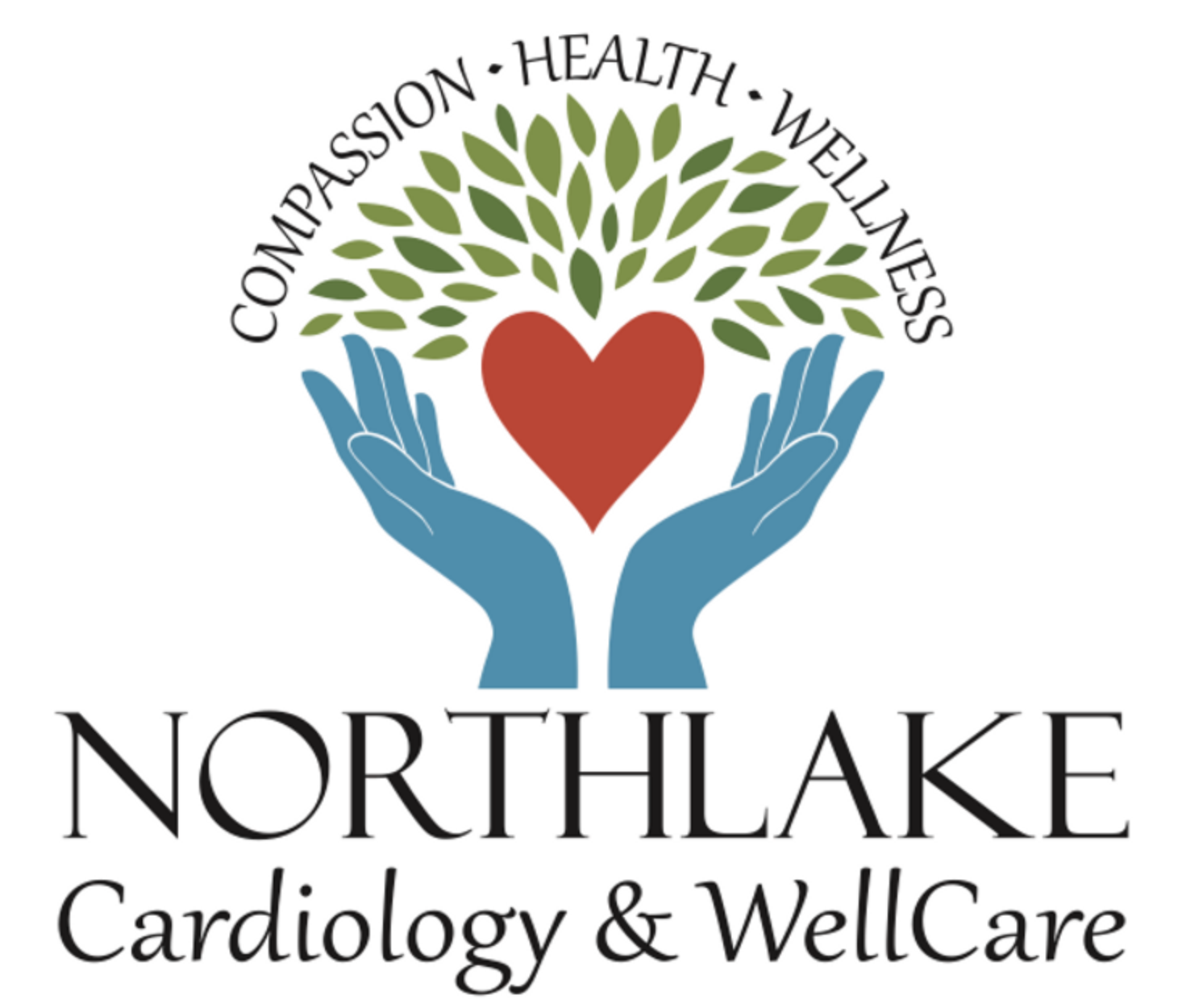EKGS
An electrocardiogram (ECG or EKG) is a diagnostic test that records the electrical activity of the heart over a specific period. The resulting graph, known as an electrocardiogram, displays the heart’s rhythm and can provide important information about the heart’s health. Here are the key aspects of an ECG:
- Electrode Placement:
- Small adhesive electrodes are placed on the skin at specific locations, typically on the chest, arms, and legs. These electrodes detect the electrical signals generated by the heart.
- Lead Systems:
- The electrodes are connected to the ECG machine, which records the electrical impulses from different angles. Different lead systems, such as the standard 12-lead ECG, provide various perspectives on the heart’s activity.
- Recording the Heart’s Activity:
- The ECG machine records the electrical signals as waves on a paper or digital display. The waves represent different phases of the cardiac cycle.
- Standard 12-Lead ECG:
- The standard 12-lead ECG involves recording electrical signals from 12 different perspectives, providing a comprehensive view of the heart’s activity. These leads include limb leads (I, II, III, AVL, AVR, AVF) and precordial leads (V1-V6).
- Clinical Applications:
- Diagnosis of Arrhythmias: ECGs help diagnose irregular heart rhythms.
- Ischemia and Infarction: Changes in the ST segment can indicate myocardial ischemia or infarction.
- Conduction Abnormalities: ECGs can identify disturbances in the electrical conduction system of the heart.
- Monitoring:
- Continuous ECG monitoring is used in critical care settings.
- Holter monitors record ECG data over an extended period for ambulatory monitoring.
- Exercise Stress Testing:
- ECG is often used during exercise stress tests to assess how the heart responds to physical activity and to detect any abnormalities in blood flow to the heart.
- Ambulatory ECG Monitoring (Holter Monitoring):
- ECG is recorded continuously over an extended period, usually 24 to 48 hours, using a portable device known as a Holter monitor.
ECGs are crucial in diagnosing a variety of cardiac conditions and are widely used in clinical practice. Interpretation of an ECG requires expertise, typically provided by healthcare professionals, especially cardiologists. It plays a vital role in routine check-ups, emergency situations, and ongoing cardiac care.



